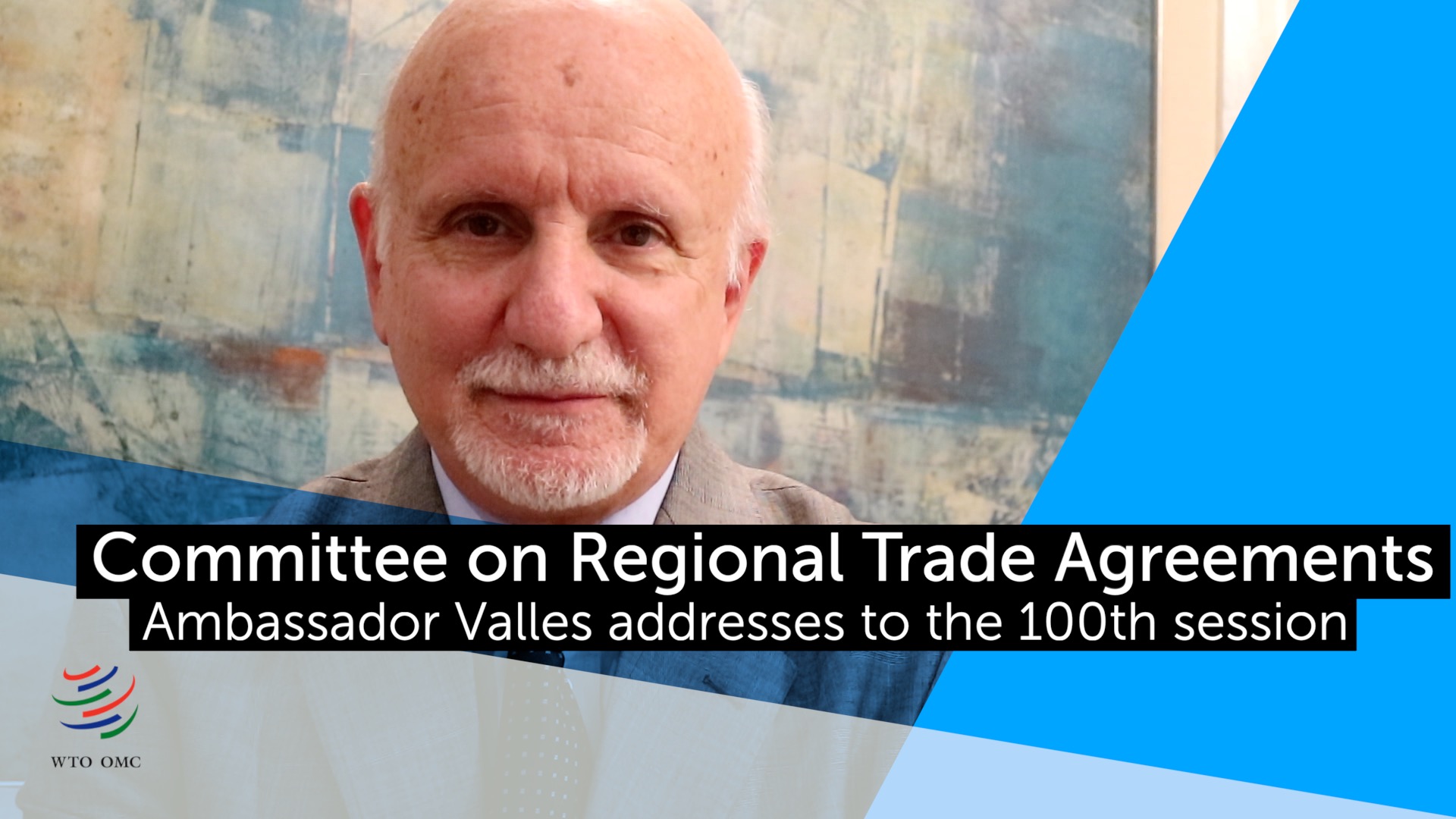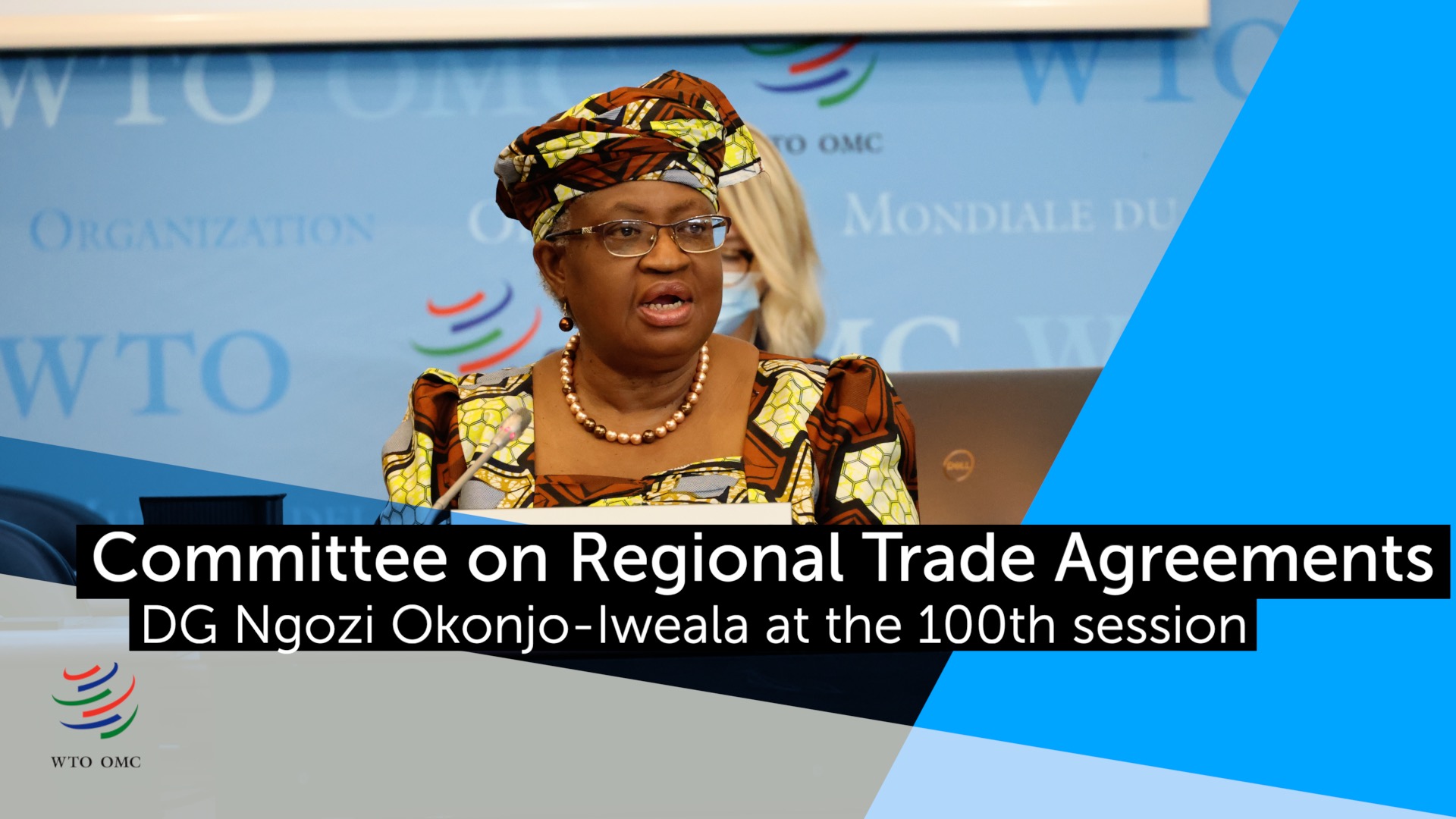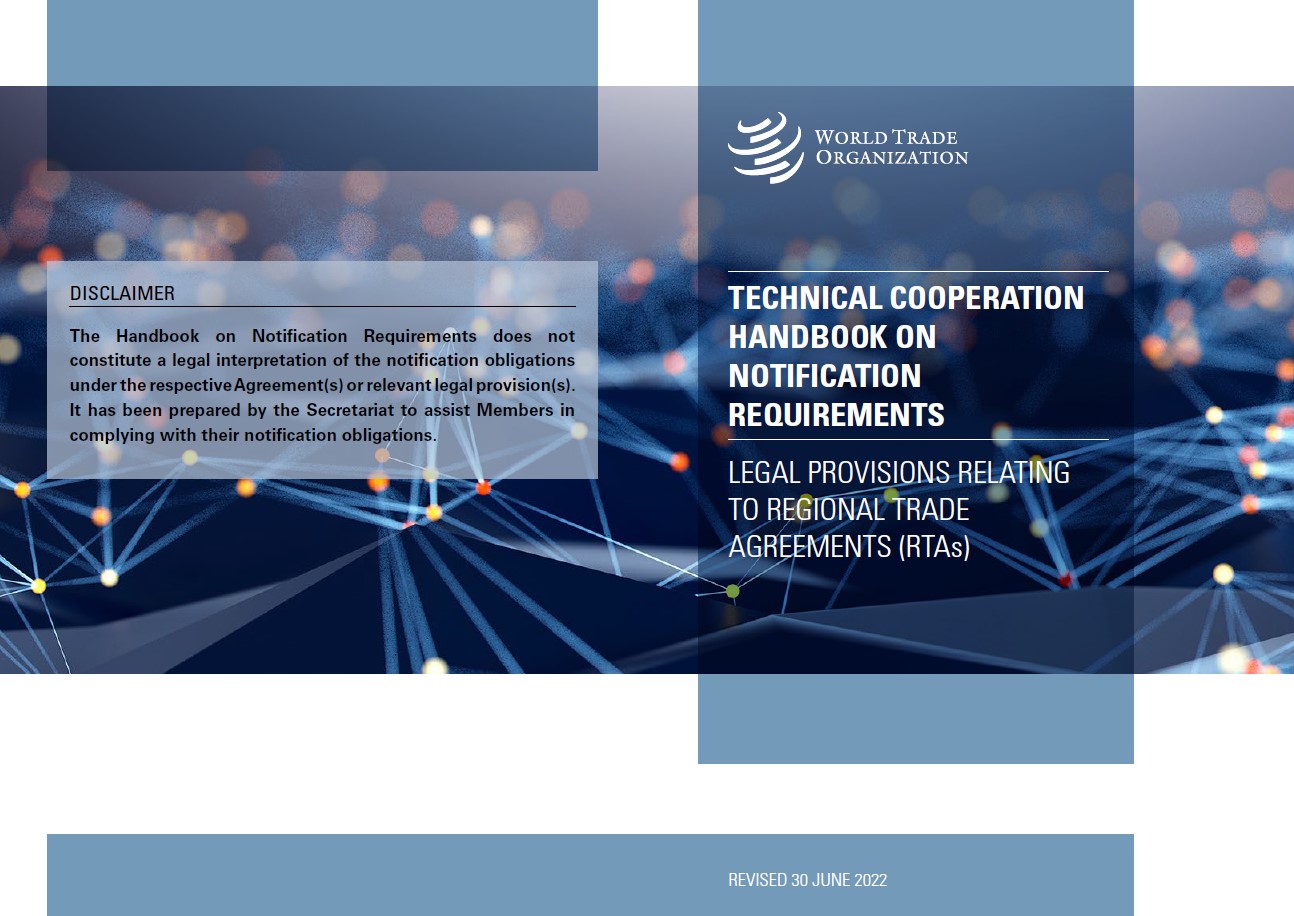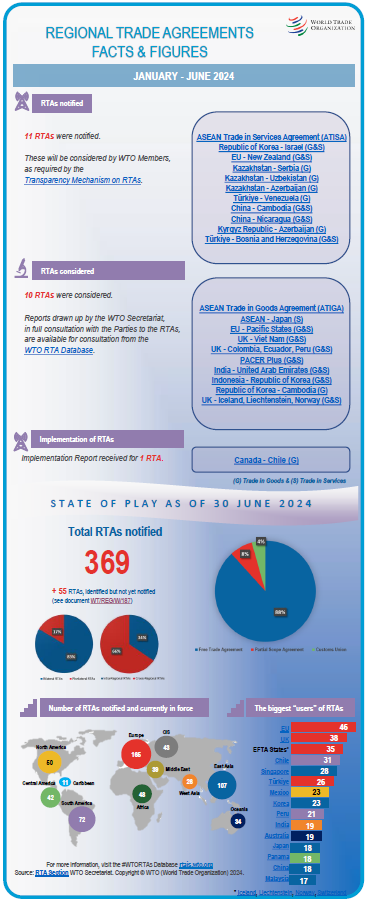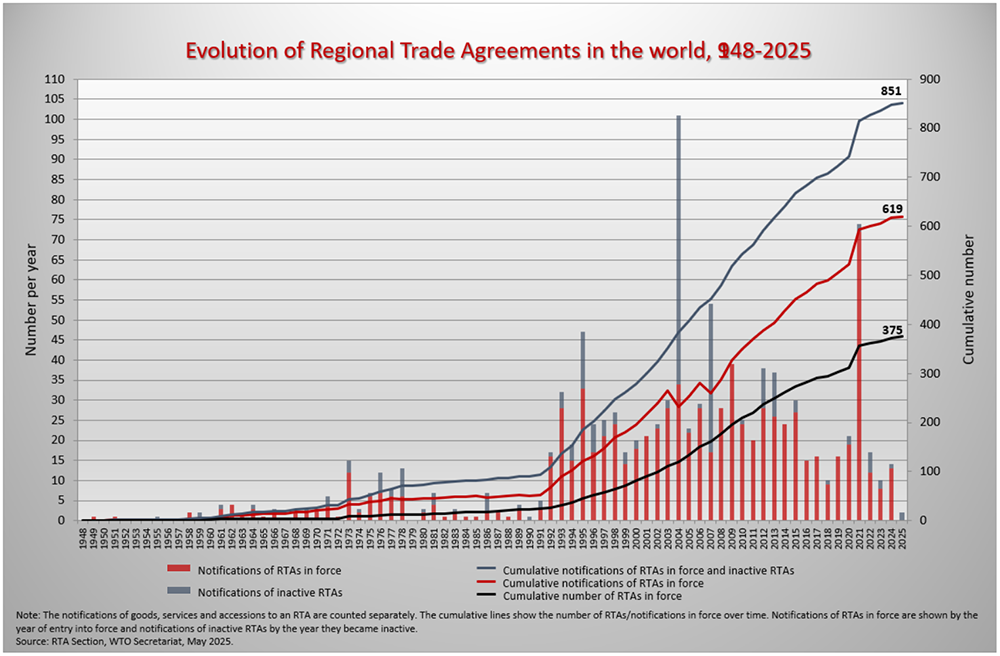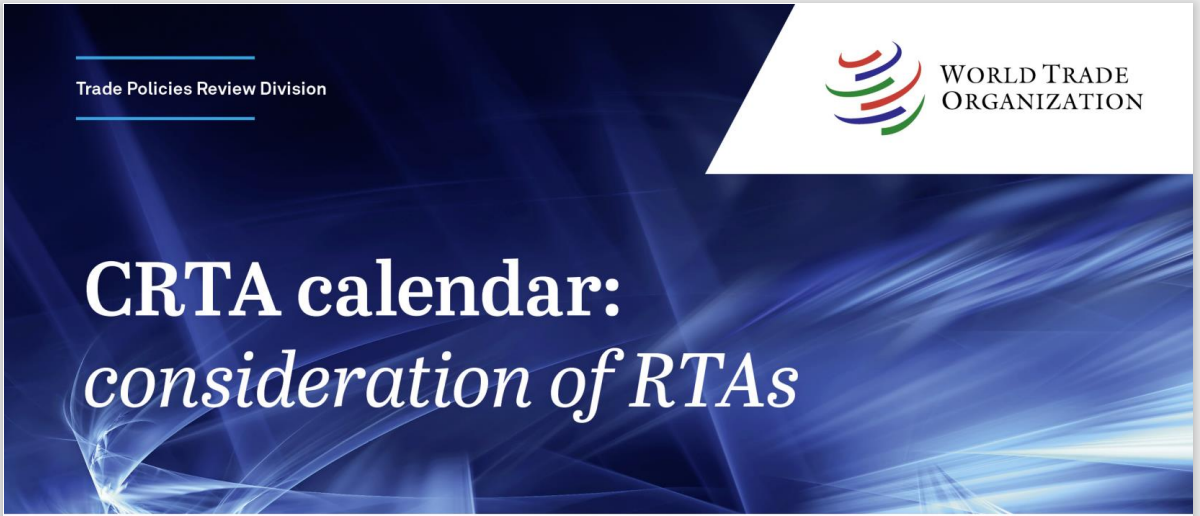- home
- trade topics
- regional trade agreements
Regional trade agreements
Regional trade agreements (RTAs) have risen in number and reach over the years, including a notable increase in large plurilateral agreements. Non-discrimination among trading partners is one of the core principles of the WTO; however, RTAs, which are reciprocal preferential trade agreements between two or more partners, constitute one of the derogations and are authorized under the WTO, subject to a set of rules. Information on RTAs notified to the WTO is available in the RTA Database.
News
back to top
Introduction
back to topFacts and figures
As of end of May 2025, 375 RTAs were in force. These correspond to 619 notifications from WTO members, counting goods, services and accessions separately.
- How many regional trade agreements have been notified to the GATT or the WTO?
- Recent RTA developments (July 2024 ?December 2024)
- RTA Database
Access the most up-to-date information on RTAs notified to the GATT/WTO. - Map of RTAs by country/territory
Select a country or territory on the map to see its participation in RTAs
back to top
Committee on Regional Trade Agreements
The Committee on Regional Trade Agreements (CRTA) considers individual regional agreements under the Transparency Mechanism for RTAs. It is also mandated to hold discussions on the systemic implications of RTAs for the multilateral trading system. The current Chair is .
Full details back to topTransparency Mechanism for RTAs
WTO members agreed in 2006 to implement a provisional mechanism to enhance the transparency of RTAs and understand their effects on the multilateral system. Under this process, members notify the WTO about their RTAs and these are discussed by the wider WTO membership on the basis of a factual presentation prepared by the WTO Secretariat.
At the 10th Ministerial Conference in Nairobi in 2015, WTO members agreed to work towards the transformation of the provisional mechanism into a permanent mechanism without prejudice to questions related to notification requirements.
- Procedures to implement the Transparency Mechanism on RTAs
- Video: How to notify a new RTA to the WTO
- Video: How to notify changes to an existing RTA to the WTO
Notifications of RTAs
WTO members are obliged to notify the RTAs in which they participate. All of the WTO's members have notified participation in one or more RTAs (some members are party to 20 or more). Notifications may also refer to the accession of new parties to an agreement that already exists, e.g. the notification of the accession of Croatia to the European Union.
For more detail on notifications of RTAs currently in force, consult the summary tables of the RTA Database http://rtais.wto.org/UI/publicsummarytable.aspx
back to topEvolution of RTAs, 1948-2025
The following chart shows all RTAs notified to the GATT/WTO (1948-2025), including inactive RTAs, by year of entry into force.
A series of interactive graphs, along with the underlying data, is available from the WTO RTA Database: http://rtais.wto.org/UI/Charts.aspx
back to top
New developments in RTAs
Many WTO members continue to be involved in negotiations to create new RTAs. Like the agreements in force, most new negotiations are bilateral. However, a recent development has been negotiations and new agreements among several WTO members. This includes developments in:
- the Asia-Pacific Region, with the entry into force of the Comprehensive and Progressive Trans-Pacific Partnership (CPTPP) Agreement (signed by 11 parties);
- Asia, with the signature of the Regional Comprehensive Partnership Agreement (RCEP) between the Association of Southeast Asian Nations (ASEAN) members and six other WTO members;
- Latin America, with the establishment of the Pacific Alliance between Chile, Colombia, Mexico and Peru; and
- Africa, with the entry into force of the African Continental Free Trade Area (AfCFTA), and negotiations for the Tripartite Agreement, linking parties to the Common Market for Eastern and Southern Africa (COMESA), the East African Community (EAC) and the Southern African Development Community (SADC).
However, the vast majority of such new plurilateral agreements have not reduced the spaghetti bowl of RTAs given that they have not superseded existing bilateral agreements.
Negotiations on RTAs
Negotiations to clarify and improve WTO disciplines on RTAs fall under the work of the Negotiating Group on Rules, which reports to the Trade Negotiations Committee. The negotiations have been dormant for some time.
back to topWTO rules on regional trade agreements
The WTO’s rules on regional trade agreements:
- Text of GATT Art XXIV, Ad Art XXIV and its updates, including the1994 “Understanding”.
- Enabling Clause for developing countries.
Text of the 1979 GATT decision allowing preferential trade in goods among developing countries. - Text of GATS Article V
- Text of the 2006 General Council Decision on the Transparency Mechanism for Regional Trade Agreements
- Find decisions of WTO bodies concerning the regional trade agreements in the Analytical Index — Guide to WTO Law and Practice
- The Doha negotiating mandate
Section on regional trade agreements in the 2001 Doha Ministerial Declaration
Documents
Publications and reports
Report on the treatment of medical products in regional trade agreements (RTAs)
- Regional Trade Agreements and the Multilateral System
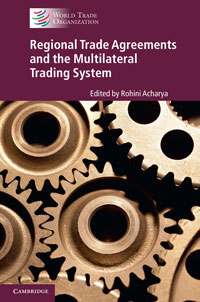
- World Trade Report 2011: The WTO and preferential trade agreements: From co-existence to coherence
